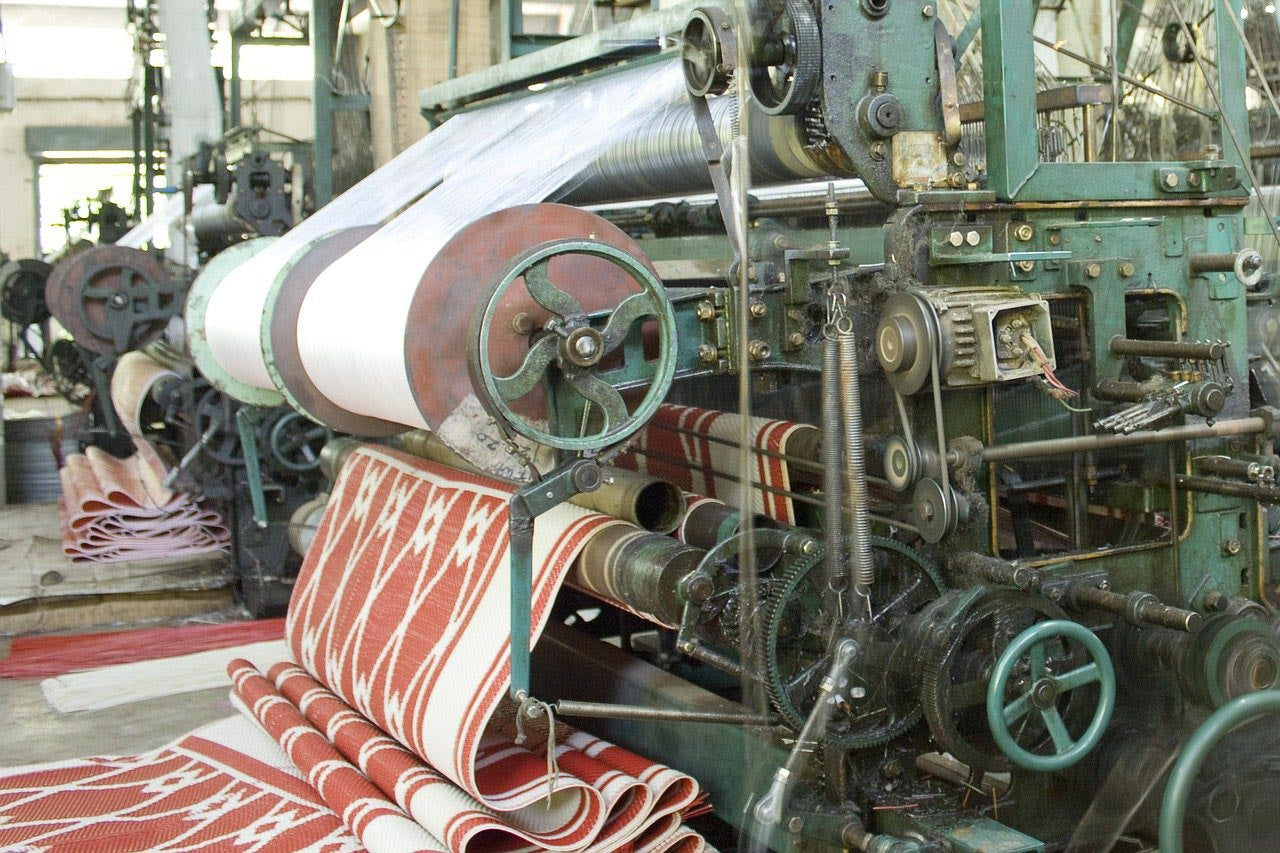Did you know? Clothing production has roughly doubled since 2000.

Our clothing production and consumption have significantly increased with the rise of fast fashion – but you may not believe, Business Insider reports that it has doubled since 2000! This is a massive change to happen in just 20 years.
We buy more clothing than ever before and keep it for a much shorter time, rotating the garments in our wardrobe and throwing them away to the detriment of the environment.
A shift in perspective
Fast fashion has had many negative impacts on the environment – including pollution of rivers, damage to land and carbon emissions. However, one of the most damaging impacts it has had is on our minds and how we view the clothing we wear.
In the past, clothing used to be much more expensive than it is today – and this financial investment reflected on the quality and the durability of the garment. It was common for garments to last for hundreds of wears, and clothing was often worn until it physically couldn’t be re-worn anymore.
Into the world of fashion then came fast fashion – garments produced to be worn a few times and discarded, only to be replaced with an article of cheaper clothing. Many of us shifted our view about the clothes we wear with a shift in the fashion industry.
Why is this an issue?
You may be wondering what’s the issue – why is an increase in clothing production such a big deal?
Every garment produced increases the overall environmental impact of the fashion industry. It adds to water consumption, carbon emissions, and the release of chemicals into the environment. When these garments are thrown away without being used to their full potential, all the resources used to make them – and environmental impact – have, at least partially, gone to waste.
However, the waste of resources isn’t the only issue – this amount of clothing waste due to increased clothing production is also flooding the landfills with perfectly usable items. Even natural fibres are unsustainable when thrown away like this, but synthetics are especially problematic. As they sit in a landfill, they release microscopic plastic particles – microplastics – into the environment and keep polluting for hundreds of years.
How can we prevent clothing production from growing?
At the moment, reducing our consumption of clothing is the best way to reduce production – because manufacturers in the fast fashion industry are driven by one main force: demand.
If the demand for cheap garments with a short lifespan decreases and the need for high-quality slow fashion pieces increases, the rate at which clothing is produced and thrown away will slow down.
If you’re looking to decrease the environmental impact of your closet, one of the best strategies is to slow down and buy clothes that will last.
Wearability, Durability and Longevity.






Leave a comment